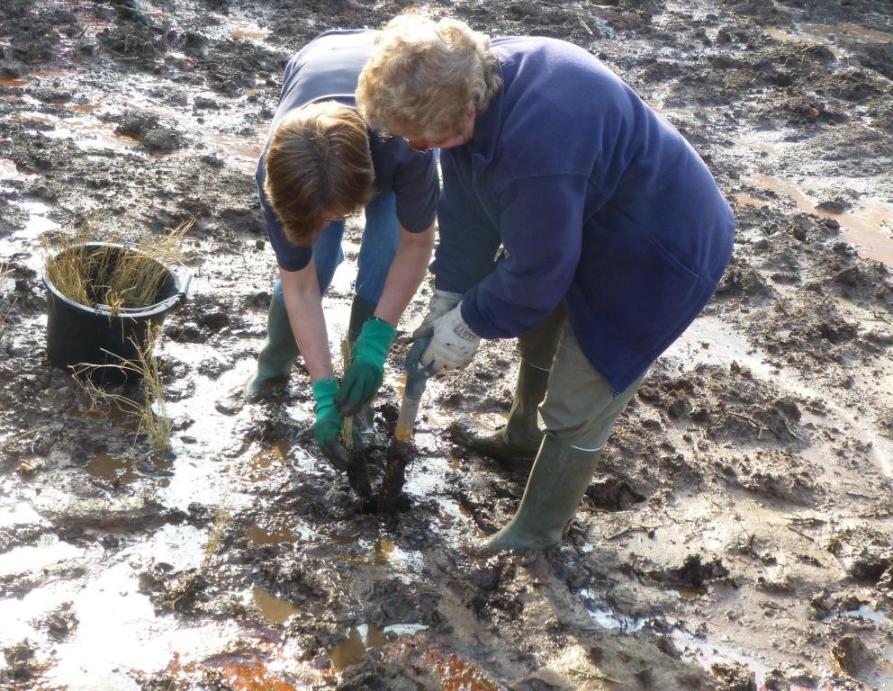East Hampshire Management Catchment
Operational catchments
There are 1 operational catchments in this management catchment.
Filter map layers
Data
Protected Areas
Catchment Partnerships Pages
To view the catchment partnership pages switch to the river basin management plan
About
The East Hampshire catchment covers an area of 571km2, with rolling chalk downland to the north and a flat, heavily urbanised coastal plain in the south, including Portsmouth, where the Royal Navys surface fleet is based. The main rivers in the catchment are the Hamble, Meon, Wallington, Hermitage and Lavant. Their sources are in the upland chalk, from where they flow into Southampton Water or the harbours of Portsmouth and Langstone. Shorter rivers like the Alver and Hook Lake are constrained but also important to their communities. The low-lying coastline has been heavily modified to allow for the growth of Fareham, Gosport, Havant , Portsmouth and other towns, some of which has been on land reclaimed from the sea, which is rising due to climate change. There are also major developments planned and underway, sites include North Whiteley near the Hamble, north Fareham close to the Meon and Waterlooville, by the headwaters of the River Wallington. We must minimise the impact of the landfill sites resulting from this expansion, which lie very close to Hook Lake, the River Alver and Portsmouth Harbour, where there are designated nature reserves, such as Farlington Marshes. A balance is needed between the demand for water and keeping enough flow for fish and other river life in the Hamble, Meon and other waterbodies. Groundwater quality on the chalk downs must also be protected from historical and current diffuse pollution resulting from intensive agriculture.
